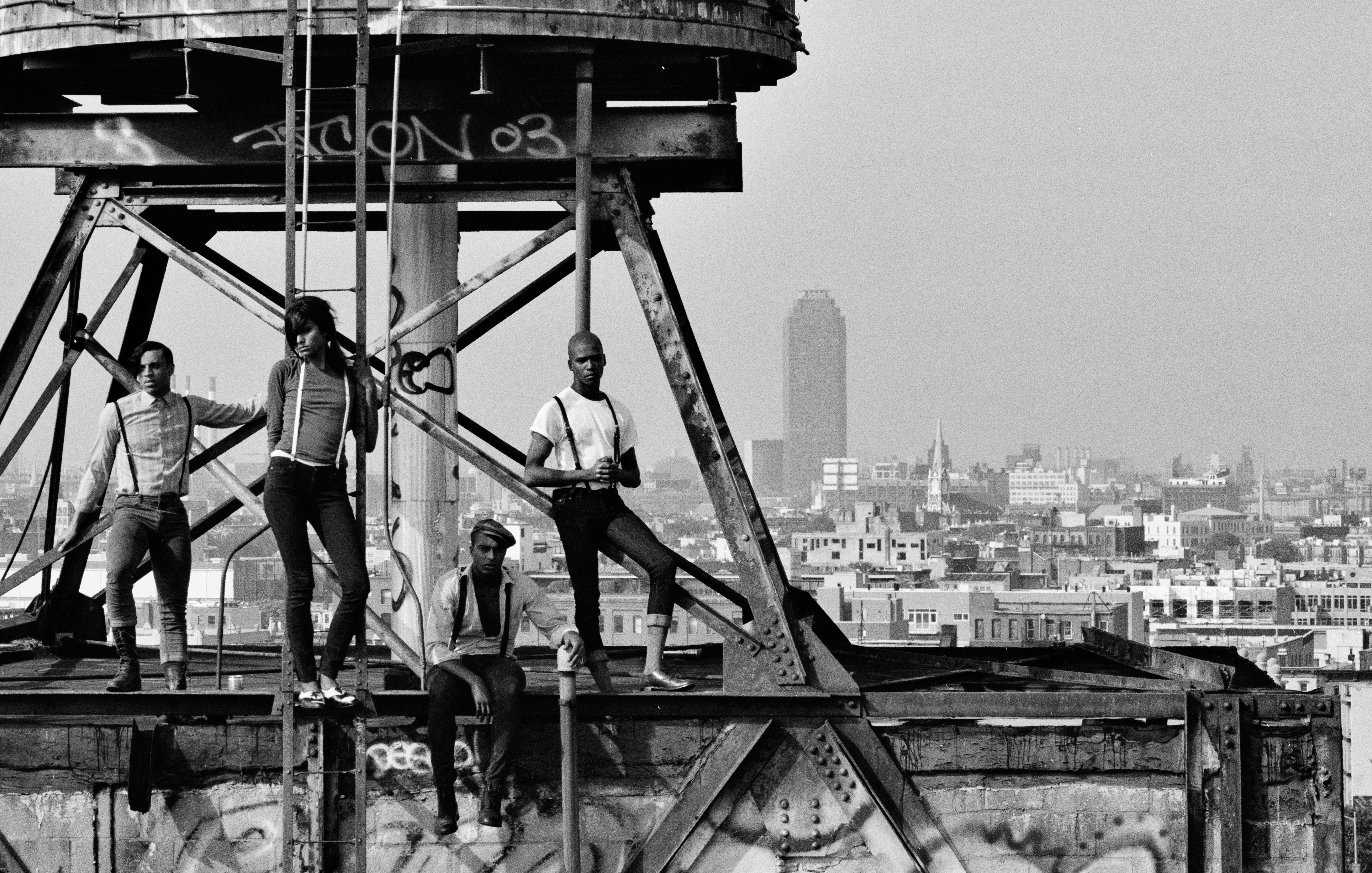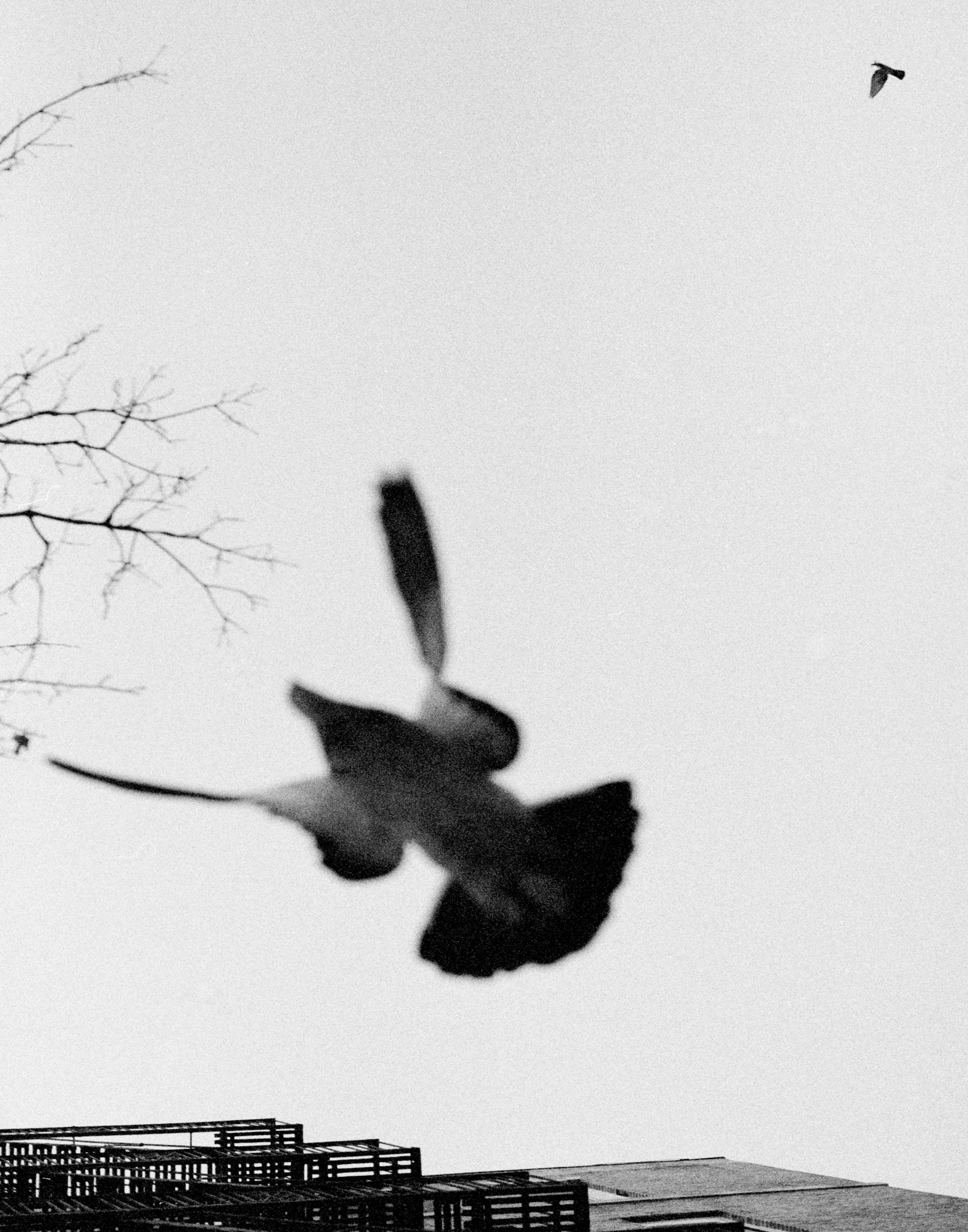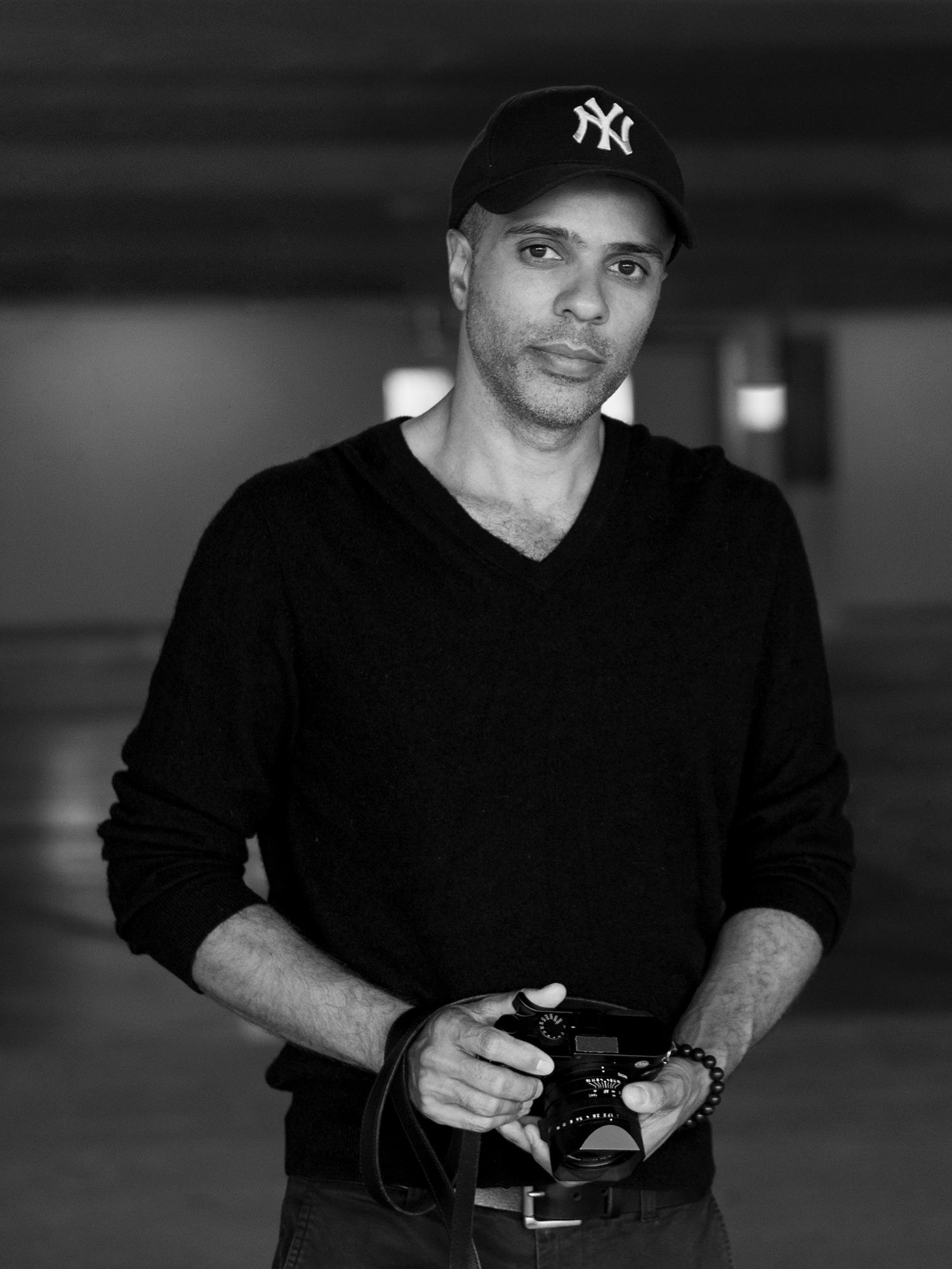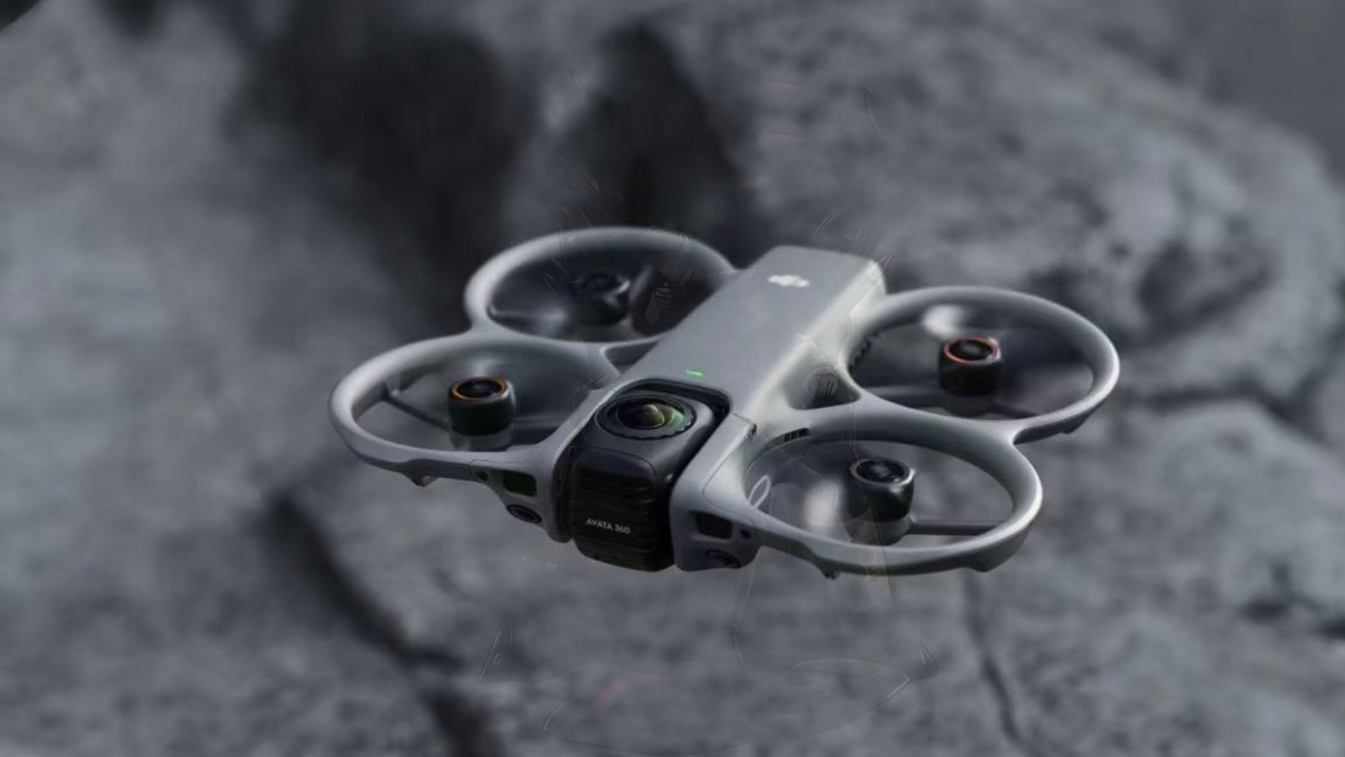There is such a thing as timeless camera design
Why modern cameras are making us worse photographers – timeless cameras are an essential

When I first discovered photography, it was with a Sinar 4x5 large-format view camera, lugged in a massive case that barely fit into the trunk of my beat-up 1972 BMW. I spent my days trekking up and down the coast of California as a student of the (now shuttered) Brooks Institute of Photography. We learned to meter light manually, load sheet film in the dark, and apply the Zone System like it was scripture. Every frame mattered—every decision mattered. Each photograph I took terrified and exhilarated me. I felt like I was learning how to see.
I haven't touched a Sinar in years. But a month ago, I snapped up an old Fujica GW690 from a vintage camera shop. It was built like a tank. I loaded her up with film and took her out on the town. I had only eight shots, eight chances to get it right—on a fully manual camera. Terrifying. For the first time since my early photo school days, I felt like I was learning how to see again.
Don't get me wrong—I love me some juicy specs. My favorite camera right now is the Fujifilm X100VI. It’s got AI tracking, film simulation, 40 MP sensor and insane autofocus… I can take crisp, clean, perfectly saturated shots of anything with barely any effort. You literally can't take a bad photo (and I know this because my three-year-old once wrestled it off me and snapped a very nice landscape).
And therein lies the issue: with today's cameras, my three-year-old can take a great photo. Modern cameras are now doing all the work for us. The sweeter the specs and the smarter the camera design, the lazier we get. Which you could argue is the entire point, right? Technological advancement? Cars, after all, are turning into computers; in a few years, cars will be driving themselves.
But I suppose what I'm trying to argue here is that photography is an art form. We are artists. Photography is a craft. And learning a craft should be challenging. Frustrating sometimes. Exhilarating. We should fumble.
These modern cameras are not making us better photographers. AI tracking, eye-detect autofocus, pixel peeping, film simulation, the ability to "spray and pray" — none of it replaces the intuition and vision that the art of photography is built upon. Elliott Erwitt didn’t have subject tracking. Helmut Newton didn’t need 15 stops of dynamic range. And yet their work stops you in your tracks. Their photography helped to define the art form.
I could go on about how tech has reshaped the industry (for better or worse) but with the confines of a 500-word opinion piece, I’ll leave it at this: let’s not confuse convenience with creativity.
The best camera deals, reviews, product advice, and unmissable photography news, direct to your inbox!
Cameras are only going to get smarter and faster, and there’s nothing wrong with embracing the latest bells and whistles. But if you want to call yourself a real photographer? You should know how to manually focus and calculate exposure. You should learn how to read light and feel a frame before taking the shot.
Sure, you can go out with your X100VI and take a thousand perfect pictures. But for me? Nothing beats loading a roll of film into an old Fujica and sweating over every precious shot.
You must confirm your public display name before commenting
Please logout and then login again, you will then be prompted to enter your display name.


